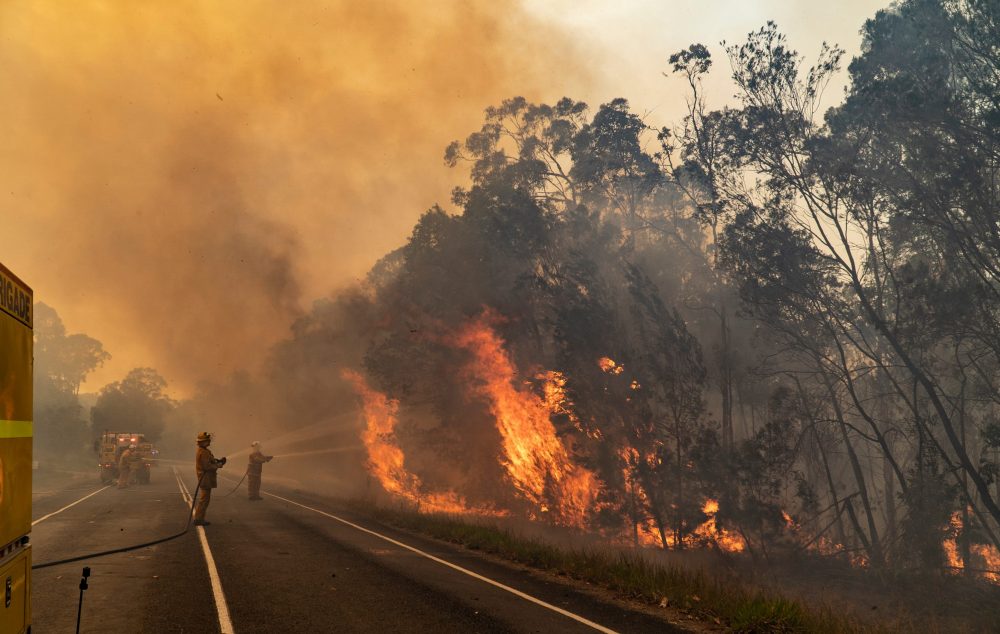Exactly How BAL Record Impacts Shrub Fire Security Steps
In the world of bush fire security, the Building Strike Degree (BAL) record stands as a crucial device that significantly affects the safety and strength of buildings in fire-prone areas - BAL Report. The impact of a BAL analysis expands far past simple paperwork; it works as the foundation for establishing the ideal building and construction requirements and fire defense steps essential to minimize the dangers positioned by bushfires. As neighborhoods face increasingly severe fire seasons, recognizing just how the BAL report shapes these protective measures becomes extremely important for builders, property owners, and policymakers alike
Understanding the Bushfire Assault Degree

Relevance of BAL Report Assessment
Furthermore, the BAL report evaluation acts as a fundamental action in conforming with lawful commitments and requirements connected to bushfire security. Neighborhood councils and authorities frequently mandate the submission of a BAL report as component of the preparation and structure authorization procedure to ensure that residential or commercial properties are effectively protected against bushfire dangers. Stopping working to carry out an extensive BAL record analysis can cause insufficient security steps, leaving homes vulnerable to ruining bushfire occurrences.
Building Requirements Based on BAL
A comprehensive understanding of the Bushfire Attack Degree (BAL) makes it possible for residential property proprietors to apply building and construction requirements tailored to their certain threat profile. Building and construction criteria based upon BAL are important in reducing the effect of bushfires on properties. The BAL ranking classifies the possible risk a building deals with during a bushfire on a scale from BAL-Low to BAL-FZ (Fire Zone) Each BAL degree represents details building and construction needs laid out in the Australian Typical AS3959-2018 Building of Buildings in Bushfire-Prone Areas. For example, properties identified as BAL-Low may just need basic procedures such as clearing particles and keeping gardens, while those in greater BAL classifications require even more durable procedures like ember screens, fireproof materials, and sealed home windows. Abiding by these building and construction standards not only boosts the structural durability of the building but likewise enhances the overall safety and security of residents during a bushfire event. Building owners have to carefully image source consider their BAL ranking and conform with the matching construction criteria to properly guard their residents and homes.
Applying Fire Security Measures
With the foundation of building requirements based upon Bushfire Attack Degree (BAL) in position, the focus now changes in the direction of the functional implementation of fire security actions to strengthen residential properties versus bushfire dangers. Executing fire protection steps entails a combination of passive and energetic approaches to enhance the resilience of structures in bushfire-prone areas. Easy actions consist of utilizing fire-resistant structure materials, installing cinder guards on vents, securing spaces in roofs and wall surfaces, and maintaining a clear space around the residential or commercial property free from combustible vegetation. Active actions encompass having firefighting tools readily offered, such as tubes and water pumps, along with creating a defendable area around the building by getting rid of vegetation and having a well-kept yard. In addition, developing an emptying strategy and making sure all homeowners recognize emergency situation treatments are important parts of effective fire defense measures. By integrating both passive and energetic methods, homes can considerably minimize image source their susceptability to bushfire incidents and enhance the safety and security of owners.
Shielding Houses Versus Bushfires
Effectively safeguarding homes versus the harmful effects of bushfires requires a aggressive and thorough strategy to fire defense measures. Additionally, securing vents and gaps to prevent cinder invasion, as well as including fireproof doors and home windows, can help fortify the home's protection versus bushfires. By embracing a positive position and integrating these protective measures, homeowners can significantly raise their possibilities of securing their homes versus bushfires.
Final Thought
In verdict, the Bushfire Attack Level (BAL) record plays a crucial role in figuring out the essential protection actions against bushfires. Carrying out fire defense measures based on the BAL report is crucial in protecting homes from possible bushfire threats.
In examining bushfire danger to homes, recognizing the Bushfire Strike Degree (BAL) is a crucial element for applying effective protection steps. In general, a clear understanding of the Bushfire Assault Level is crucial for executing appropriate defense actions and minimizing the effect of bushfires on residential properties.
